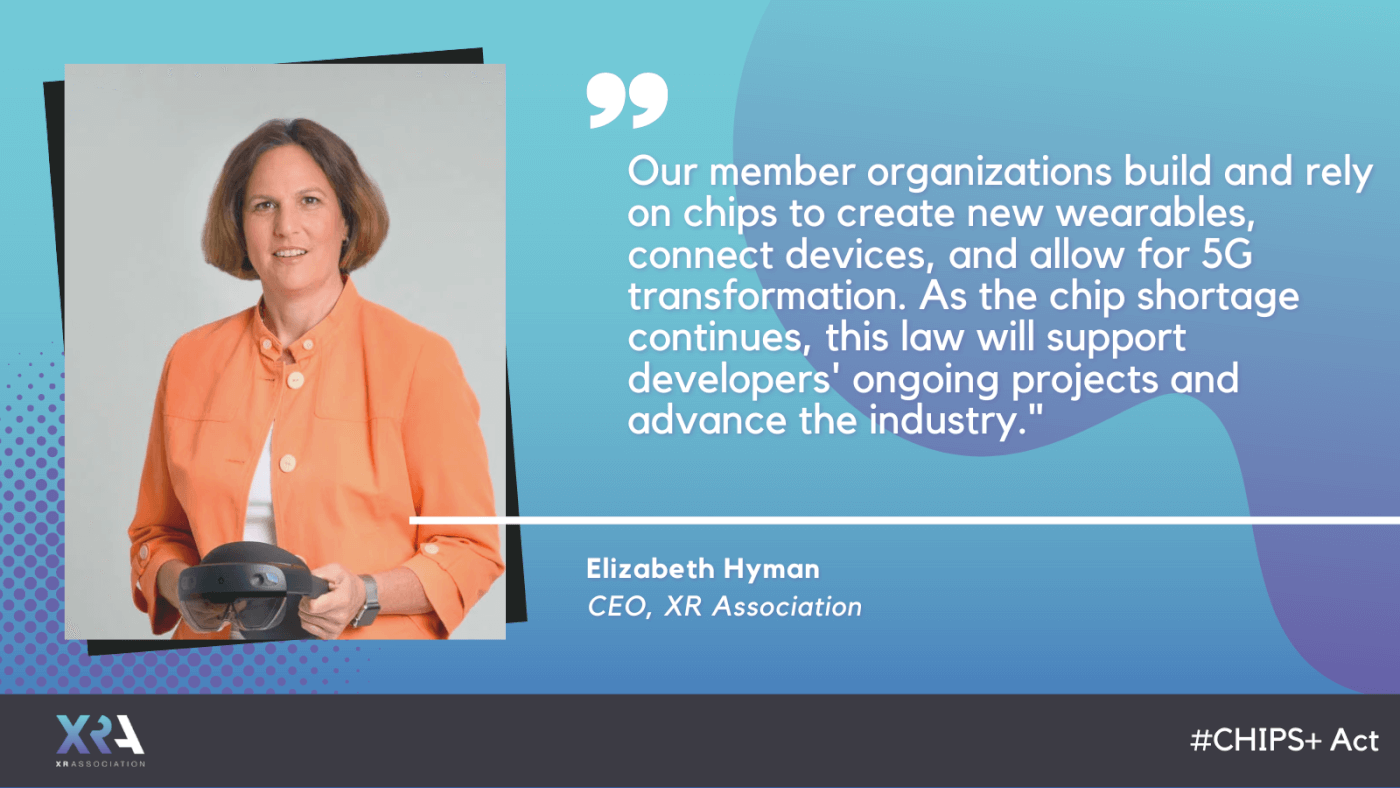The Creating Helpful Incentives to Produce Semiconductors (CHIPS) and Science Act signed into law on Tuesday, August 9, 2022. President Joe Biden signed the H.R.7178 Act after lawmakers on Capitol Hill passed the landmark bill late last month.
Semiconductors or microchips are tiny computer chips about the size of a fingertip. They are the building blocks of the modern economy. Microchips power smartphones, vehicles, and electronics.
The CHIPS and Science Act spurs projects to produce semiconductors in the US. Biden stated that the US invented the semiconductor, and the law brings it back home. The landmark bill will fund US semiconductor manufacture and research. The law encompasses over $52 billion in subsidies. It aims to strengthen initiatives to make the US more competitive with tech giant China.
The legislation establishes “immersive technology,” a fundamental area of national technological development. The Senate voted to approve the bill as well. The bill enables to give a part of the $250 billion in research and development (R&D) funds to extended reality.
The CHIPS and Science Act for the Emerging Technology Ecosystem
In a recent tweet by the POTUS, Biden said that “the future of the microchip industry is going to be ‘Made in America.’” Manufacturing more chips in the US will strengthen production in the country. It will also increase semiconductor chip supply. Moreover, it will reduce the cost of everyday items for American families.
The CHIPS and Science Act aims to enhance future industries. The law helps in creating high-paying manufacturing jobs across the nation. It also incorporates safeguards to ensure that every dollar invested in the US stays in the US.
Tech organizations like the XR Association (XRA) lauded the signing of the bill. The Washington DC-based association sees it as a vital element of the emerging tech ecosystem.
XRA Lobbied for the CHIPS Act to Include Immersive Technology
The XR Association has been a long advocate for innovative technologies. XRA pushed for virtual reality, augmented reality, and mixed reality, to be part of the US budget. The organization, which represents premier headset manufacturers, advocates for other vital technologies and tech tools. These include the blockchain, digital twins, the Internet of Things, and artificial intelligence.
XRA worked closely with members of the Congressional Reality Caucus and other lawmakers. It fought for immersive technology to be part in the CHIPS Act. Joan O’Hara, VP of Public Policy, said in a statement that XRA liaised with XR technology. It ensured the bill recognized XR tech as a notable future technology, and also made certain that the Act funds XR for optimal R&D opportunities.
Liz Hyman, CEO of the XRA, mirrored O’Hara’s remarks. She stated that XR and immersive tech have great potential in healthcare, education, and workforce training. “Our member organizations build and rely on chips to create new wearables, connect devices, and allow for 5G transformation. As the chip shortage continues, this law will support developers’ ongoing projects and advance the industry,” added Hyman.

The XRA represents the extensive XR ecosystem. This includes headset makers, software developers, and parts and accessories vendors. The association also represents network infrastructure suppliers, business solution providers, and corporate end-users. Google, HTC Vive, Microsoft, Meta, and Sony Interactive Entertainment jointly created XRA.
The XRA supports the fast-growing XR industry. The association also fosters responsible XR development and adoption. XRA convenes stakeholders, develops best practices, does complex research, and lobbies on the industry’s behalf.
This article was originally published on arpost
